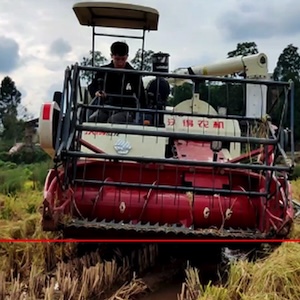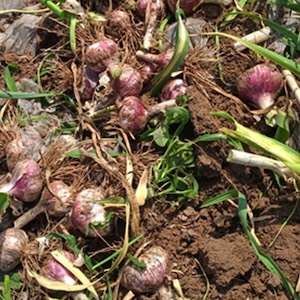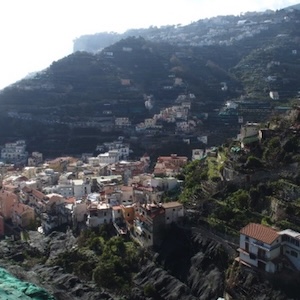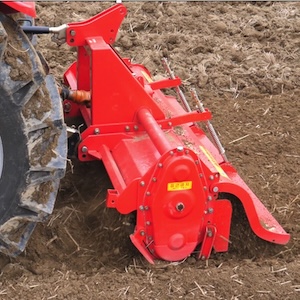Using Landsat 8 imagery in detecting cork oak (Quercus suber L.) woodlands: a case study in Calabria (Italy)

Published:15 December 2016
Abstract Views: 2424
PDF: 869
HTML: 897
HTML: 897
Publisher's note
All claims expressed in this article are solely those of the authors and do not necessarily represent those of their affiliated organizations, or those of the publisher, the editors and the reviewers. Any product that may be evaluated in this article or claim that may be made by its manufacturer is not guaranteed or endorsed by the publisher.
All claims expressed in this article are solely those of the authors and do not necessarily represent those of their affiliated organizations, or those of the publisher, the editors and the reviewers. Any product that may be evaluated in this article or claim that may be made by its manufacturer is not guaranteed or endorsed by the publisher.
Similar Articles
- Volodymyr Bulgakov, Valerii Adamchuk, Ladislav Nozdrovicky, Ivan Holovach, Theory of the interaction of flat sensing organ with the head of the sugar beet root , Journal of Agricultural Engineering: Vol. 48 No. 4 (2017)
- Lorenzo Vergni, Alessandra Vinci, Francesca Todisco, Francesco Saverio Santaga, Marco Vizzari, Comparing Sentinel-1, Sentinel-2, and Landsat-8 data in the early recognition of irrigated areas in central Italy , Journal of Agricultural Engineering: Vol. 52 No. 4 (2021)
- Eliseo Roma, Pietro Catania, Mariangela Vallone, Santo Orlando, Unmanned aerial vehicle and proximal sensing of vegetation indices in olive tree (Olea europaea) , Journal of Agricultural Engineering: Vol. 54 No. 3 (2023)
- Francesco Barreca, Giuseppe Modica, Salvatore Di Fazio, Viviana Tirella, Raimondo Tripodi, Carmelo Riccardo Fichera, Improving building energy modelling by applying advanced 3D surveying techniques on agri-food facilities , Journal of Agricultural Engineering: Vol. 48 No. 4 (2017)
- Kamalesh Kanna S, Kumaraperumal Ramalingam, Pazhanivelan P, Jagadeeswaran R, Prabu P.C., YOLO deep learning algorithm for object detection in agriculture: a review , Journal of Agricultural Engineering: Vol. 55 No. 4 (2024)
- Demetrio Antonio Zema, Giovanni Zappia, Souraya Benalia, Giuseppe Zimbalatti, Enzo Perri, Elena Urso, Vincenzo Tamburino, Bruno Bernardi, Limiting factors for anaerobic digestion of olive mill wastewater blends under mesophilic and thermophilic conditions , Journal of Agricultural Engineering: Vol. 49 No. 2 (2018)
- Alessio Cislaghi, Gian Battista Bischetti, Best practices in post-flood surveys: The study case of Pioverna torrent , Journal of Agricultural Engineering: Vol. 53 No. 2 (2022)
- Andrea De Montis, Simone Caschili, Amedeo Ganciu, Antonio Ledda, Filippo Paoli, Federico Puddu, Mario Barra, Strategic environmental assessment implementation of transport and mobility plans. The case of Italian regions and provinces , Journal of Agricultural Engineering: Vol. 47 No. 2 (2016)
- Salvatore Praticò, Raimondo Tripodi, Viviana Tirella, Salvatore Di Fazio, Francesco Barreca, Giuseppe Modica, Proposal of an integrated 3D architectural survey method for application in historic agri-food building analysis and representation , Journal of Agricultural Engineering: Vol. 54 No. 3 (2023)
- Guanglai Wang, Congcong Wang, Dayang Liu, Detection of early collision and compression bruises for pears based on hyperspectral imaging technology , Journal of Agricultural Engineering: Vol. 55 No. 4 (2024)
You may also start an advanced similarity search for this article.

 https://doi.org/10.4081/jae.2016.571
https://doi.org/10.4081/jae.2016.571 










